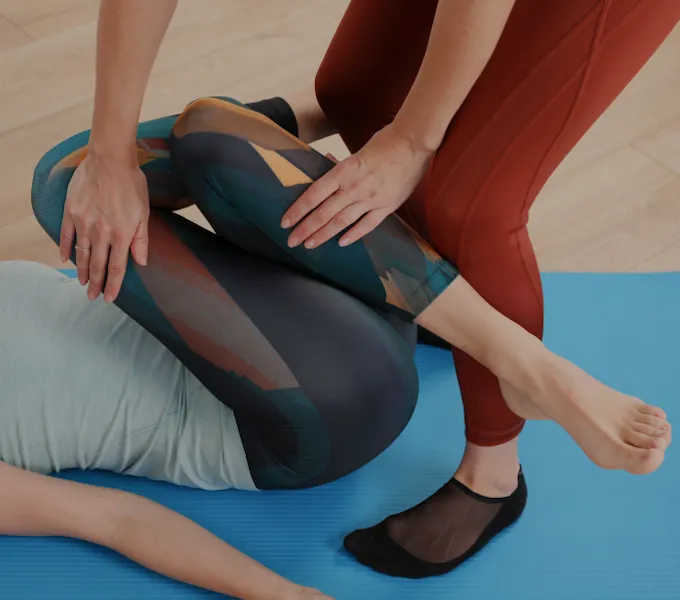
Have to Pee AGAIN? How to Calm an Overactive Bladder
An overactive bladder can drive you crazy. You just peed. And yet, there it is again — that tingly, gotta-go sensation around your urethra. You know your bladder can’t possibly be full, but that feeling is both distracting and insistent. So you head to the bathroom for the third time in less than two hours.
What’s going on? The upshot is that a full bladder isn’t the only reason you might feel like you have to pee. Other forces are at work, including the power of association. Just like driving past your favorite restaurant can trigger a food craving that has nothing to do with physical hunger, certain associations can trigger the urge to urinate.
These associations can be unique to you, but some common ones include:
- Putting your key in the door when you get home
- Getting ready to leave the house
- Hearing running water
- Knowing you have a long meeting or commute coming up
- Starting your bedtime routine
Mental connections like these develop over time, based on your habits. If you’ve made a habit of peeing before meetings, opening a Zoom invite may generate the urge to go, even if you just came back from the bathroom. It’s important to know that this phenomenon is not ‘all in your head.’ A mental association can cause your central nervous system to send a real signal to your bladder. The message: It’s time to contract and push the urine out. See here for more info about this process.
If this sounds all too familiar and you’re peeing much more than normal (normal = going once every 2-5 hours), we recommend that you see a pelvic floor physical therapist to get an assessment. If you have an overactive bladder, your PT will teach you techniques to help suppress urges and retrain your bladder. In the meantime, check out some general mind-over-bladder tricks below.
Tips for Suppressing the Urge to Pee
If you know for a fact that your bladder isn't full, yet you still feel the need to pee, try using one of these strategies to suppress the urge. When the urge finally dissipates, slowly and calmly walk to the bathroom to urinate. This delay can help break the association that's creating the problem in the first place. If you continue to have urges or notice other bladder control issues, see a PT for help. Suppressing urinary urges can be hard to do on your own and other factors may be contributing to your symptoms.
If you usually have to pee multiple times before going to sleep at night... Wait to go to the bathroom until right before getting into bed.
If you feel a strong urge to go whenever you hear running water... Start going to the bathroom before you turn on the shower or sink.
If your bladder tends to pipe up at other, specific times of day... Try one or more of these strategies:
- Tell yourself: “This urge is based on a habit. I know that my bladder isn’t full. I don’t actually have to pee urgently. I can wait.”
- Stop moving and sit down. Sitting will put pressure on your perineum and help quiet the bladder.
- Relax and take deep breaths. Breathe in… and out… slowly and steadily to relax your body and mind.
- Distract yourself. Count backward from 100 by 7s or think of a problem that needs solving at home or work and start brainstorming a solution.
- Imagine you're in a car and can’t stop. Or a plane or train. Going to the bathroom right now simply isn’t an option.
- Do small, repeated pelvic floor contractions (kegels). Lightly squeeze the muscles you’d use to stop urine mid-flow. Release. Squeeze again. Release. Repeat. (Avoid squeezing too hard, which may make the urge to urinate worse.)



